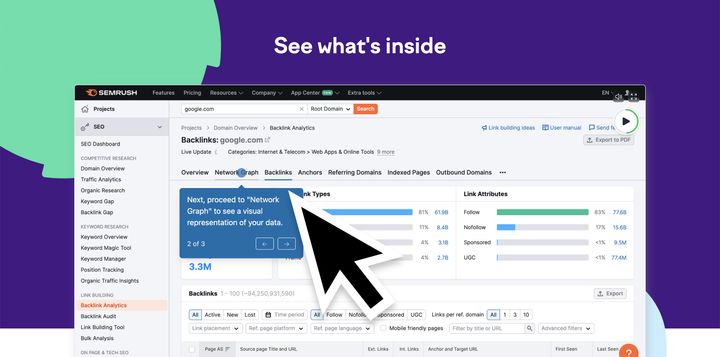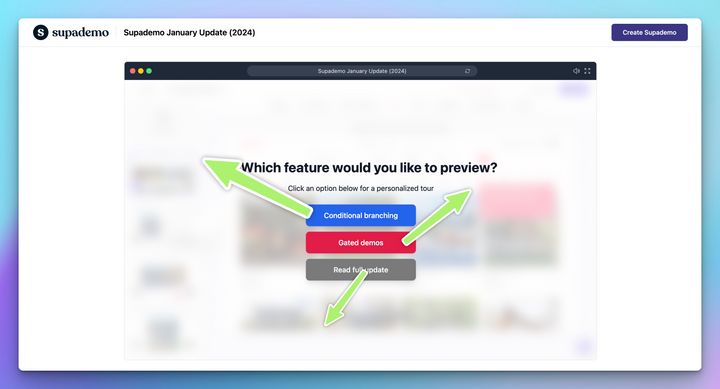In today's digital era, the buying process has drastically changed. Buyers are more informed and empowered than ever before, with access to a wealth of information on products, services, and companies. This shift has resulted in a new sales paradigm where buyers drive the buying process, rather than sellers. As a result, it is crucial for businesses to adapt their sales strategies to meet the needs and expectations of buyers.
Understanding Buyer-Led Sales
Buyer-led sales is a sales strategy that focuses on understanding and meeting the needs of the buyer. It involves gaining a deep understanding of what the customer wants, how they want it, and when they want it. By adopting a buyer-led approach, businesses can create more value for their customers and build stronger relationships.
The key to buyer-led sales is to prioritize the customer's needs and focus on solving their problems, rather than simply promoting a product or service. This approach involves shifting the focus from explaining how a product works to explaining what it's really for and how it can address the buyer's specific pain points.
The Need for a Buyer-Led Approach
The traditional sales approach, which focuses on explaining product features and benefits, is no longer as effective in today's market. Buyers are inundated with information from various sources, making it difficult for them to make informed decisions. As a result, B2B marketers need to take a buyer-led approach to cut through the noise and create content that resonates with buyers.
There are several key reasons why adopting a buyer-led approach is essential:
Limited opportunity to influence buyers: According to research by Gartner, B2B buyers spend only 17% of their time considering a purchase meeting with potential suppliers. With buyers having access to quality information independently, sellers have lost some control over customer decisions. By focusing on the needs of prospects and building trust, businesses can create long-lasting relationships.
Increasing complexity of the buyer's journey: The B2B sales cycle often involves multiple decision-makers, each armed with their own research and information. To overcome this challenge, sellers need to focus on providing value and developing a sales strategy that addresses the buyer's challenges and goals. Interactive product demos can be a powerful tool for showcasing value and helping buyers understand how a product or service will benefit them.
Buyer's lack of knowledge about their pains: Many buyers may not recognize or care enough about their own pain points. Effective B2B marketing involves persuading buyers that they need a product or service, rather than simply providing reasons why they should buy from a particular brand. By demonstrating how a product can make a difference in a buyer's business and solve their challenges, businesses can turn a "nice-to-have" into a "must-have."
Transforming Sales-Led Strategy to Buyer-Led Strategy
To successfully transition from a sales-led strategy to a buyer-led strategy, businesses need to make a few key changes:
1. Build your brand narrative
Before implementing a buyer-led strategy, it's essential to understand your company's brand narrative. Ask yourself questions like:
- What does your company stand for?
- What values are important to you and your customers?
- What do you want people to think of when they hear about or see your brand?
Craft a story around your brand narrative that resonates with potential buyers and provides meaning for both parties involved. This will help guide your marketing efforts and ensure you are targeting messaging and content to the right audience.
2. Resolve customers' buying uncertainty
B2B buying decisions often involve multiple decision-makers who consider various factors, leading to a longer decision-making process. To win deals, sales leaders must help customers deal with their uncertainty by providing more data, evidence, and proof that their solution is the right choice.
Interactive product demos can be a valuable tool for addressing buyer uncertainty. These demos allow customers to see the product in action, understand how it works in their environment, and ask any questions they may have. By providing a more immersive experience, businesses can alleviate buyer concerns and increase the likelihood of a purchase.
3. Prioritize value
Once a customer is convinced to buy from your brand, it's important to remove any barriers that may prevent them from making the purchase. Address any fears or anxieties by demonstrating that the benefits of your product outweigh any perceived drawbacks.
Marketing plays a crucial role in identifying where customers are in their buying process and communicating with them accordingly. By focusing on the value your product provides and how it can solve their problems or improve their lives, you can overcome buyer hesitations and drive sales.
4. Enable your buyers
While sales enablement focuses on helping your sales team sell more, buyer enablement is about guiding your users to make the best possible decision. This involves understanding your customers' needs and helping them find the solution that best fits those needs.
A comprehensive buyer enablement program can help salespeople better understand their customers and how to solve their problems. This leads to a more proactive sales approach and a greater understanding of how to make the best use of your product or service.
5. Analyze and optimize
To ensure the success of your buyer-led marketing efforts, it's crucial to continually analyze and optimize your strategies. This allows you to identify what is working and what isn't, so you can make adjustments as needed.
Interactive product demos can be a central element of your buyer-led marketing strategy. They engage with your audience personally and provide valuable insights into how your prospects are interacting with your product. Leveraging advanced analytics and real-time notifications, you can track and monitor prospect activities, enabling your sales team to focus on the most promising leads and ultimately increase your sales.
Conclusion
In today's buyer-driven market, it's essential for businesses to adopt a buyer-led sales strategy. By understanding and meeting the needs of buyers, businesses can create more value, build stronger relationships, and ultimately drive sales. Transitioning from a sales-led strategy to a buyer-led strategy requires building a strong brand narrative, resolving buyer uncertainty, prioritizing value, enabling buyers, and continually analyzing and optimizing your marketing efforts. By leveraging tools like interactive product demos, businesses can effectively showcase their value and guide buyers towards making informed purchasing decisions. Embrace the buyer-led approach and position your business for success in the digital era.




